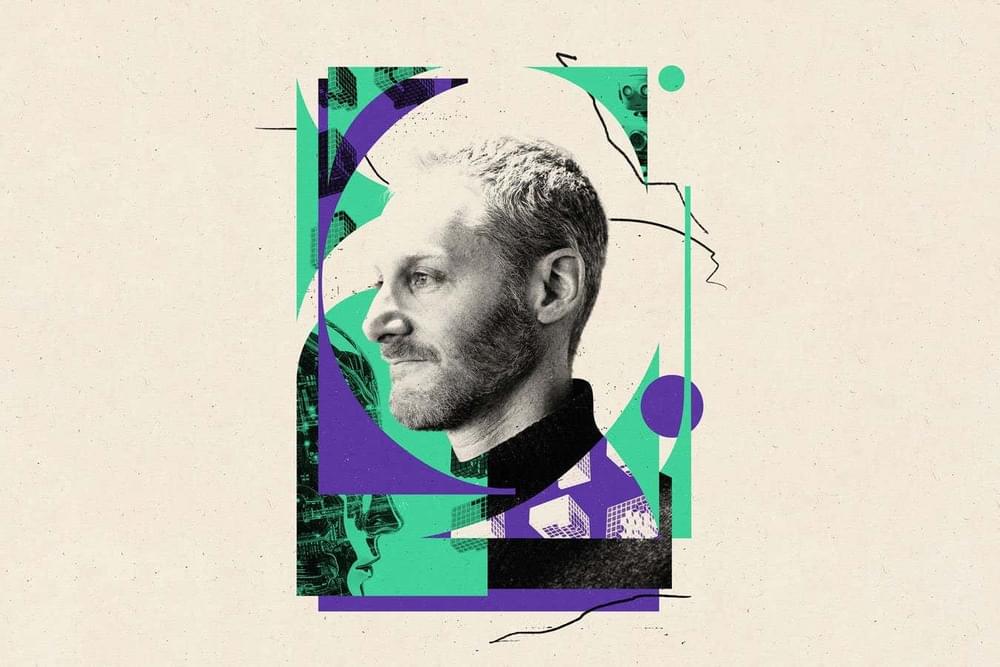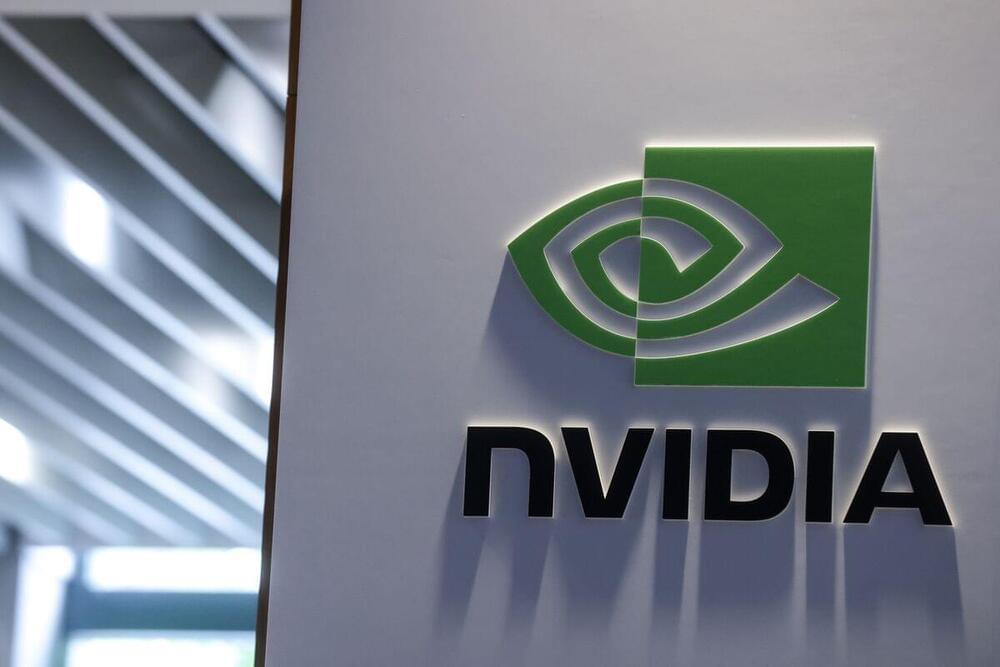Tesla’s vehicles can now recognize speed cameras as of its latest update, along with several other navigation features that will reportedly be coming soon.
Code sleuth and Tesla update observer Greentheonly said on Sunday that Tesla software update 2023.27.12 has added the speed camera awareness feature along with other camera awareness capabilities. The update includes the Full Self-Driving (FSD) beta version 11.4.8.1, and it was first spotted in a Tesla vehicle on Saturday, according to Teslascope.
The software update also includes red light camera awareness, including those for fixed and mobile versions, and a combined awareness for red lights and speed cameras. Green also says that several other navigation features appear to be right around the corner, including U-turn control and an “avoid construction on route” setting, as found in internal code for Tesla’s maps system.





